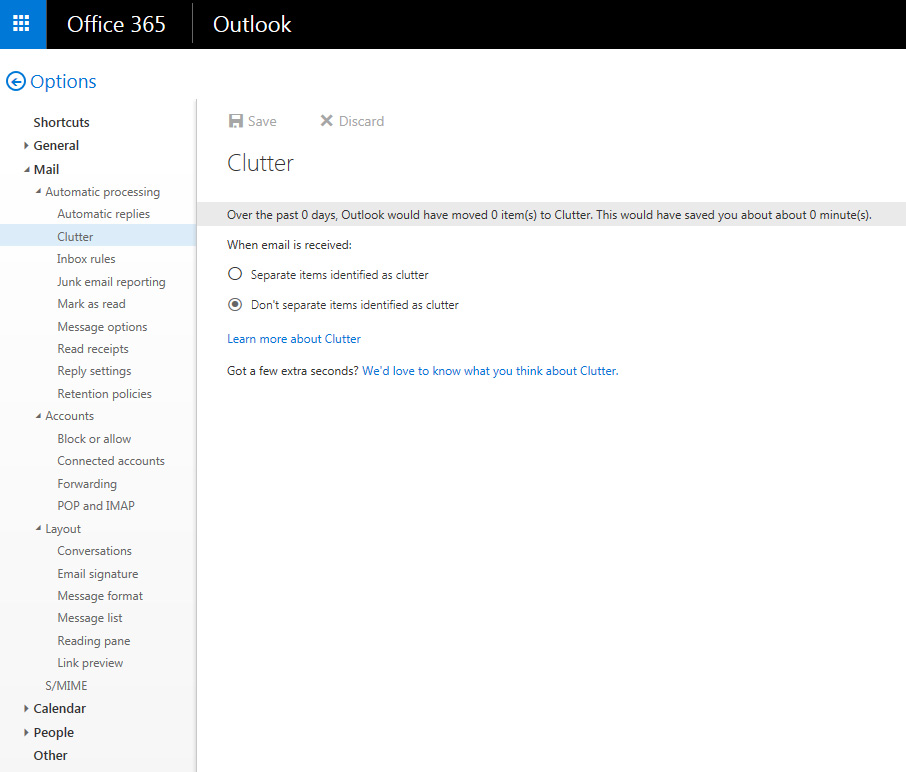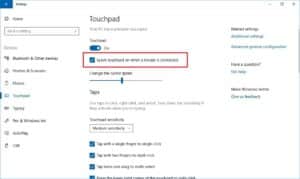

- #Turn off bypass checksum multipatch driver#
- #Turn off bypass checksum multipatch manual#
- #Turn off bypass checksum multipatch password#
Fill in your authentication credentials these should be provided by your organization.Ĭlick the Start Discovery button.
#Turn off bypass checksum multipatch password#
Depending on which type of authentication you selected, additional input fields (such as CHAP Username and CHAP Password may then become visible. Specify the type of authentication to use for iSCSI discovery using the Discovery Authentication Type drop-down menu. iSCSI Names and Addresses in RFC 3721 - Internet Small Computer Systems Interface (iSCSI) Naming and Discovery, available from. iSCSI Names in RFC 3720 - Internet Small Computer Systems Interface (iSCSI), available from and 1. There are no guardrails.įor more information about IQNs, see 3.2.6. This requires advanced knowledge of the theory behind disk partitions and related concepts.
#Turn off bypass checksum multipatch manual#
For instructions for Custom partitioning, see Manual Partitioning.Īdvanced-Custom (Blivet-GUI) - Select this option and press Done in the top left corner of the screen to configure your system’s partitioning completely manually. This requires some knowledge of the theory behind disk partitions and related concepts, but provides recommendations over the way the system will be installed.

The Reclaim space dialog which opens if this option is selected is described later in this section.Ĭustom - Select this option and press Done in the top left corner of the screen to configure your system’s partitioning layout semi-manually. Use this option if you want to reclaim space from an existing partitioning layout - for example, if a disk you want to use already contains a different operating system, and you want to make this system’s partitions smaller to allow more room for Fedora. With automatic partitioning, you can also select the I would like to make additional space available option below. This typically happens with localization settings, as these are either detected automatically, or set up on the previous screen where you select your language and locale. You can still change your settings in these screens, but it is not necessary to do so to complete the installation. Screens with black text and no warning symbol mean that this screen does not require your attention. This typically happens when you change the installation source in the Installation Source screen and the installer is probing the new source location and gathering a list of available packages. If a link is greyed out, it means that the installer is currently configuring this section, and you must wait for the configuration to finish before accessing that screen. This typically happens with the Installation Destination screen, because even though there is a default automatic partitioning variant, you always have to at least confirm this selection, even if you do not want to make any changes.
#Turn off bypass checksum multipatch driver#

Automating the Installation with Kickstart.


 0 kommentar(er)
0 kommentar(er)
